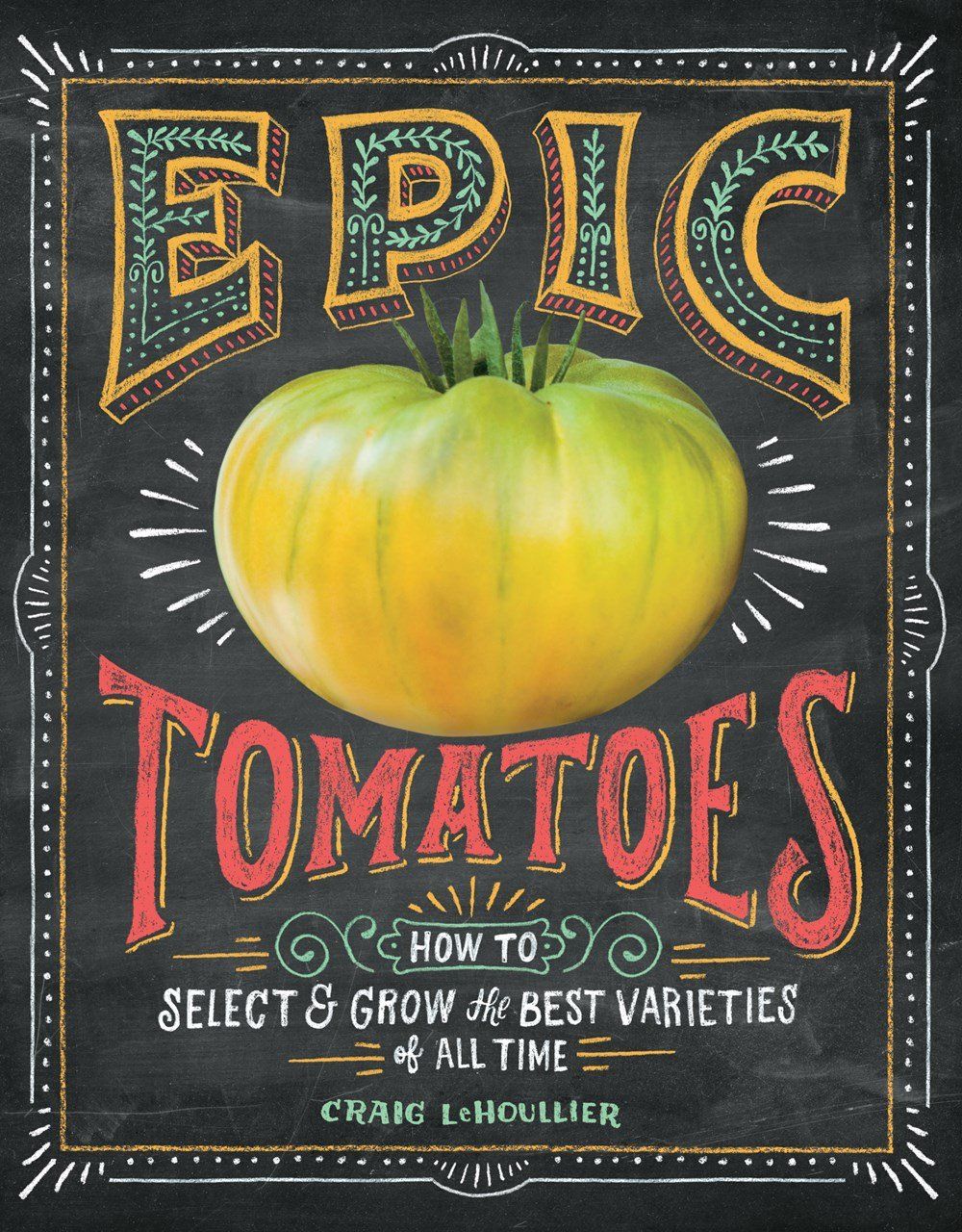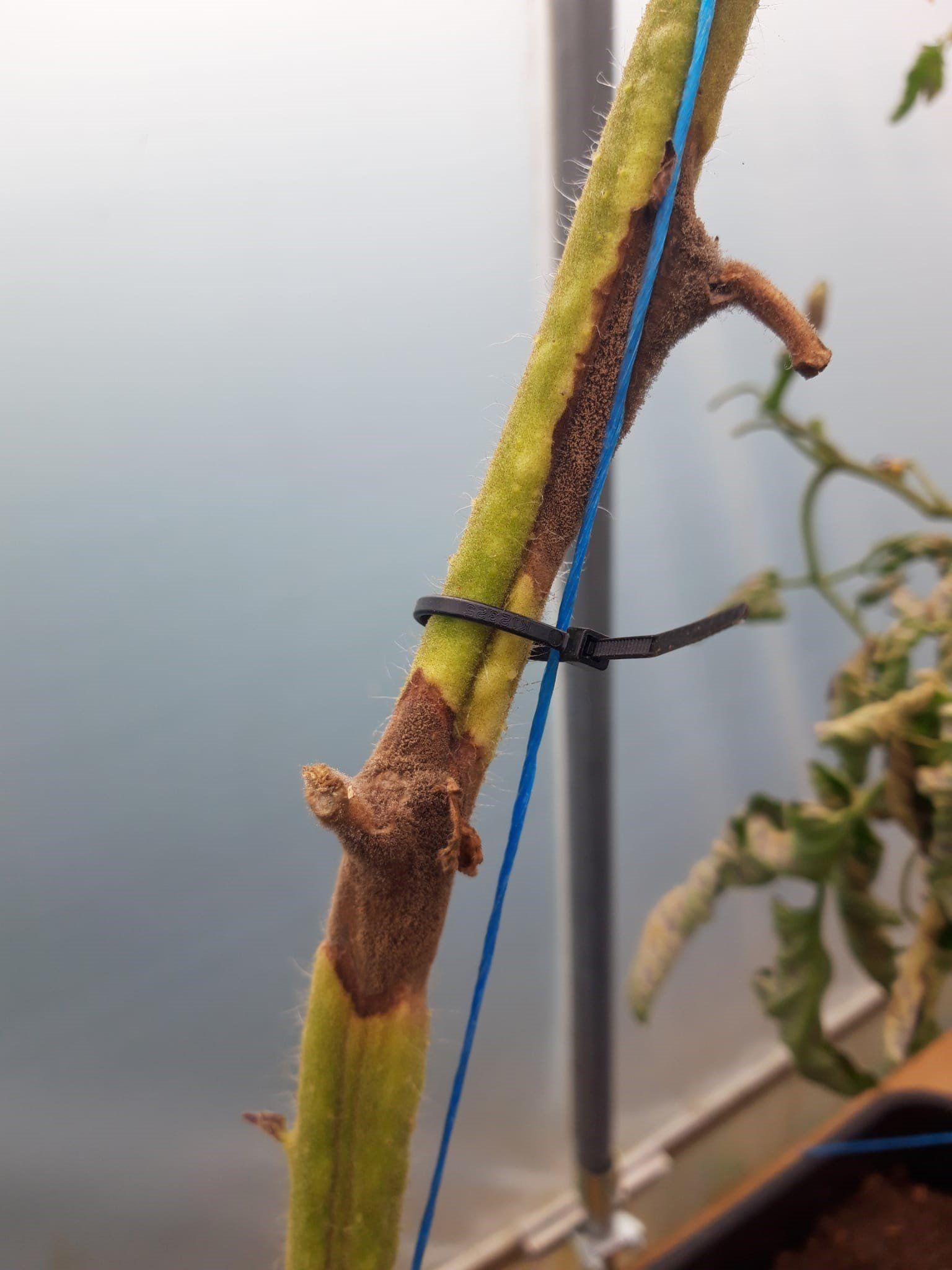BLIGHT INSIGHT Part 1
Blight Insight Part 1
WHAT IS TOMATO BLIGHT?
Blight is a microscopic, fungus like organism whose sporangia or spore bearing structures can easily break away from infected foliage and can be blown on the wind long distances.
The infected zoospores are released from the sporangia into water and these need to swim in a water film before settling on the plant surface.
A PERFECT STORM
Whilst not proven it is worth considering that global warming could be a contributing factor for increasingly severe waves of blight. WET, WINDY AND HUMID in late June and July can increase blight devastation. 2021 was one of the most severe blight years with most growers being affected including indoor growers. Speaking with growers in Holland, Belgium, and France they all suffered the same fate. Global warming has created unseasonal bursts of wet summer weather and flooding in some parts of Europe. I was surprised to see pictures of a popular Instagram growers polytunnel where blight had attacked much of their crop. The post was 14th July 2021 and what followed was a series of posts on social media through July and August with the same blight devastation. The real surprise was that many of the blight issues were in greenhouses and polytunnels. In 20 years of tomato growing in a tunnel I have only had a little late blight once. The RHS reported a 27% increase in traffic to their blight web page.
CHOOSING SUITABLE VARIETIES
Unlike blight resistant Potato varieties which are quite effective blight resistant tomato varieties are less effective at preventing blight. I have recently received 2022 seed catalogues from 2 major UK vegetable seed companies. Each catalogue includes a larger selection of supposedly blight resistant varieties. It will be interesting to see if these claims run true. If you are growing these it would be helpful to hear of your results? FERLINE and LEGEND have been the main blight resistant varieties in catalogues. These varieties are mild in flavour.
Regular leaf varieties have dominant genes whereas potato leaf tomato varieties have recessive genes. This could be very well be the reason potato leaf varieties have lower disease resistance.
One thing that was evident in 2021 was that the Antho (Anthocyanin) varieties were almost unaffected by blight. We call these varieties the black tops and examples are BLACK BEAUTY, BLUE BEAUTY, SGT PEPPERS, QUEEN OF THE NIGHT, LUCID GEM, and CRUSHED HEART. The Antho Black Top varieties have become increasingly popular with growers. I would welcome feedback from growers regarding blight levels of Antho types compared to other varieties.
The Antho gene is dominant and by working on a tomato crossing project in 2021 it became apparent just how dominant.
When growing out an F1 cross the characteristics of both parents do not show in year one. I grew out an F1 cross in 2021 and one of the parents had the Antho gene. It showed Antho in the first year. This was unexpected but did indicate the gene dominance and might be a contributing factor to its resistance to blight?
Seed catalogues often promote varieties as indoor or outdoor varieties. Any tomato can be grown outdoors based on the correct conditions. In the UK the most suitable varieties to grow are ones that ripen early in the season giving you a chance to crop before late blight normally in September.
PART 2 will cover tips and suggestions to best protect against blight and will include opinion on pruning, watering, ventilation, and location.



